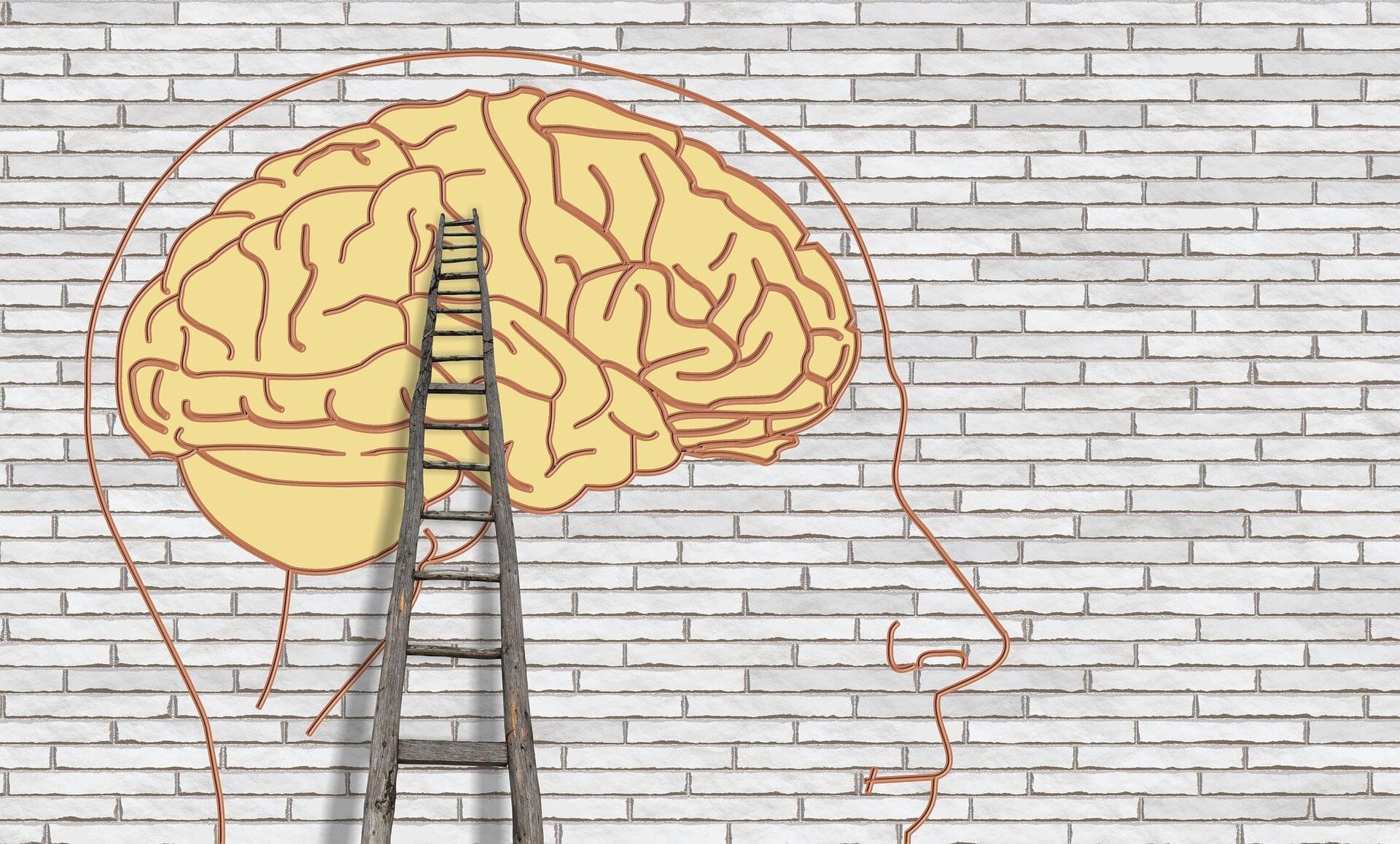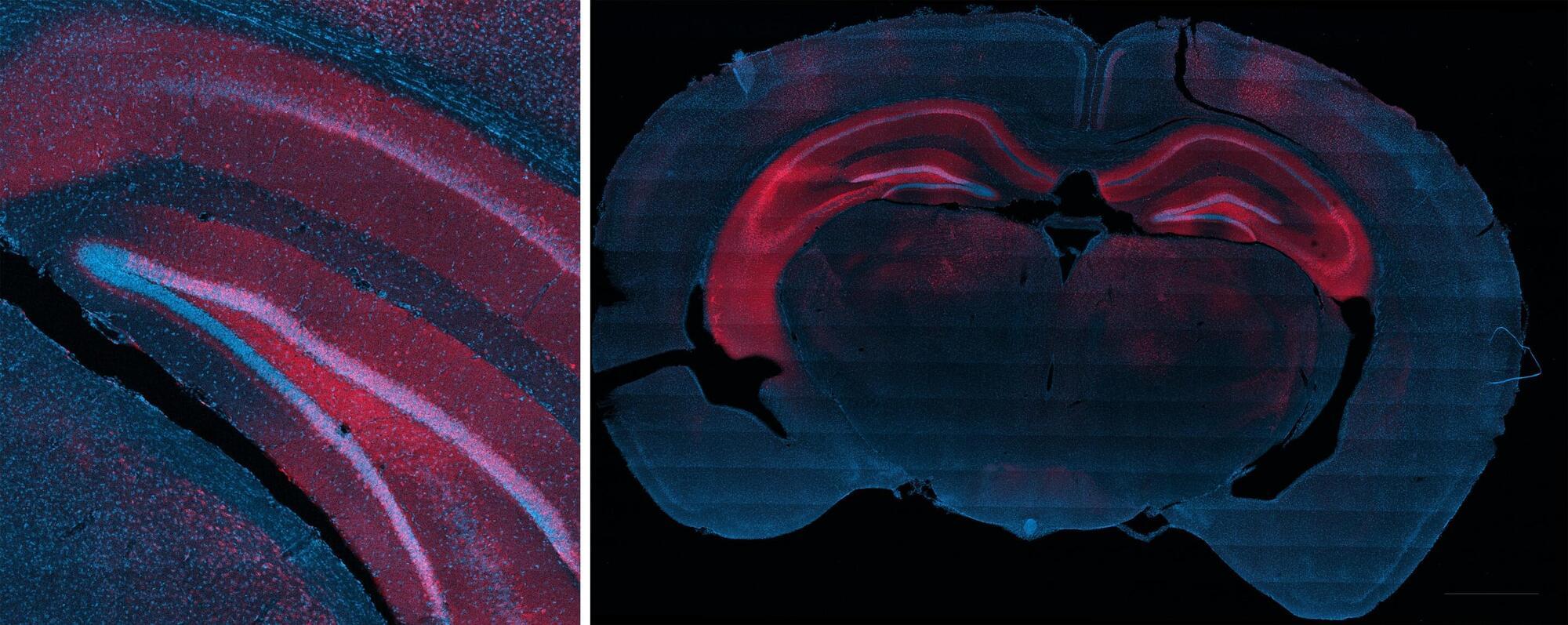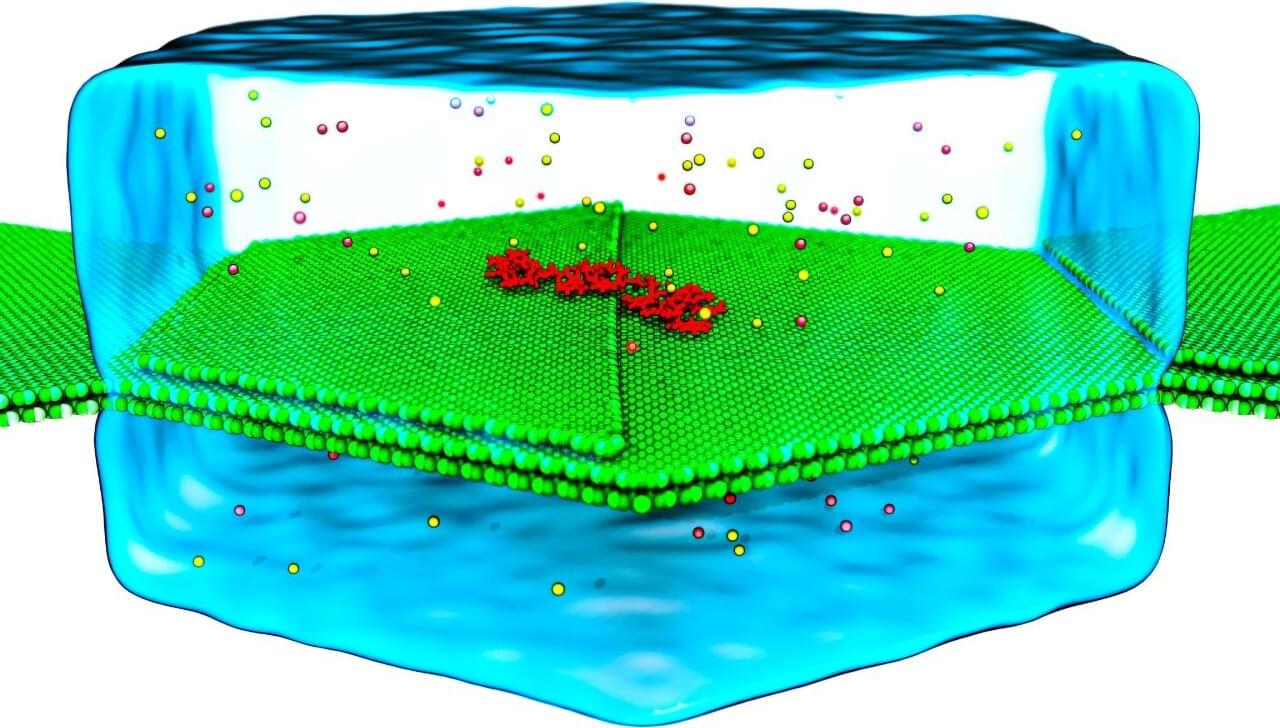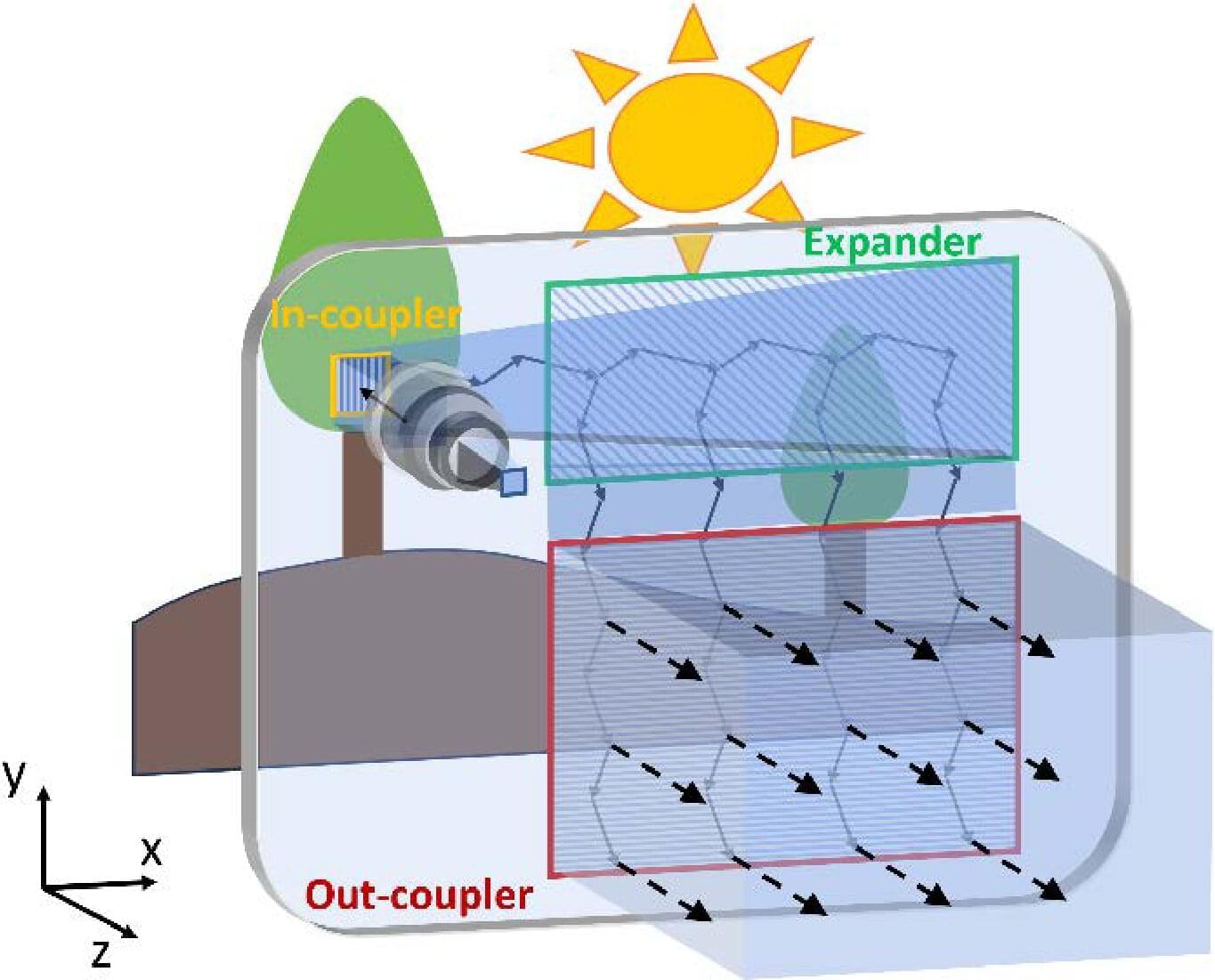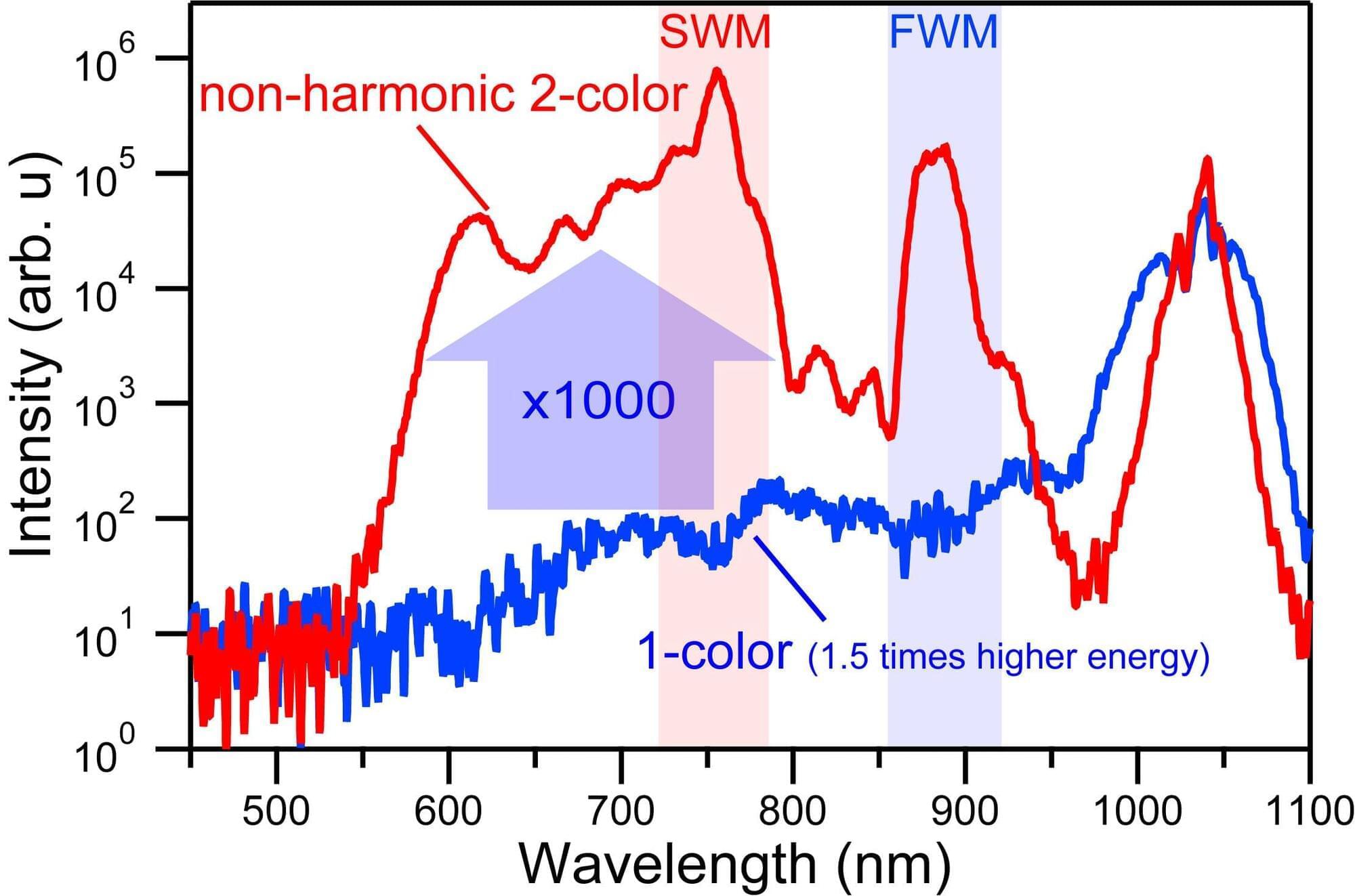Researchers from the Center for Precision Psychiatry at the University of Oslo and Oslo University Hospital have discovered extensive genetic links between neurological disorders like migraine, stroke and epilepsy, and psychiatric illnesses such as schizophrenia and depression. Published in Nature Neuroscience, this research challenges longstanding boundaries between neurology and psychiatry and points to the need for more integrated approaches to brain disorders.
“We found that psychiatric and neurological disorders share genetic risk factors to a greater extent than previously recognized. This suggests that they may partly arise from the same underlying biology, contrasting the traditional view that they are separate disease entities. Importantly, the genetic risk was closely linked to brain biology,” states Olav Bjerkehagen Smeland, psychiatrist and first author.
